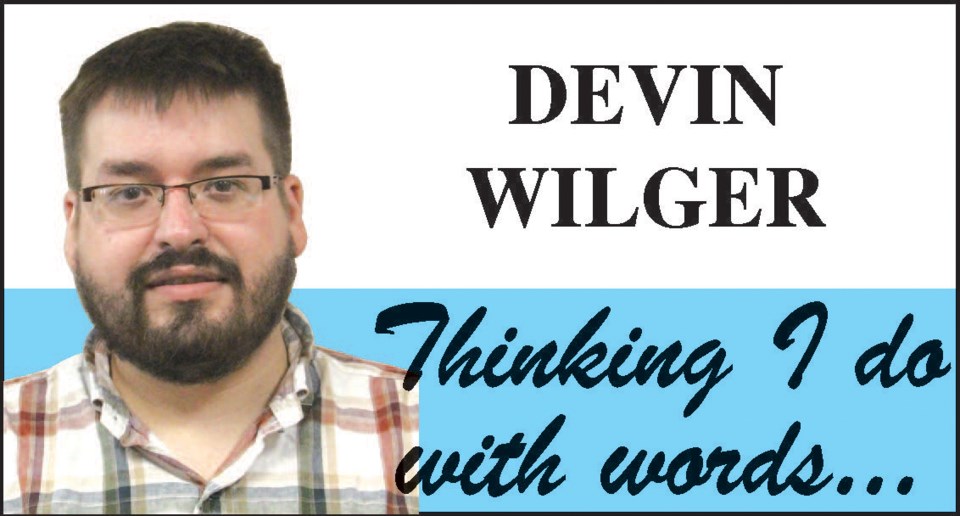I recently watched a monologue for a guest host of a late night talk show. I haven’t actually watched any since the beginning of the pandemic, so I had not quite experienced how they had changed over the past year.
Superficially, they hadn’t changed. It was still the host talking about current events while standing. She was standing in her home, rather than on stage, but that was a superficial difference. What really changed was the difference between talking to a crowd and talking to what was effectively a table. She kept the same rhythms of a late night host, pausing for applause or laughs, but without anyone there to applaud or laugh, it was really strange. It was just an odd pattern of speech, which you don’t notice because of the standard interplay between host and audience. It was weird, in a way that was not her fault. I imagined it must have been very difficult to actually perform, wondering if your jokes were landing like you expected and what the audience would think, and whether or not you were making the right pauses for the people at home who, you hoped, were laughing in reality and you didn’t want to miss the next joke.
While I definitely remember finding laugh tracks in old sitcoms distracting, watching this monologue I did realize that there was a very good reason why they were there. It wasn’t telling the audience to laugh so much as it was trying to keep the same rhythm.
Pauses between jokes didn’t feel natural without an audience there, and while plenty of sitcoms have ditched the live audience, they also fundamentally changed their rhythms to suit, changing to something more rapid paced because a pause for laughter doesn’t work without the laughter.
At least comedy does have that interplay between performer and audience, I’ve been much more confused by the attempts to make a fake audience in sports. Watch a baseball game and you get greeted by cardboard cutouts, computer-generated people - some of whom clip uncomfortably over players because the software isn’t perfect yet - or mannequins. It’s strange to see that teams and stadiums have become very invested in presenting the illusion that there’s a crowd, even though they know and everyone else knows that there’s not actually anyone there, and none of the attempts have been a very effective illusion.
Of course, having an audience for sports is normal, and athletes often talk about feeding off the energy of the crowd. But there’s no energy coming off of a few cardboard cutouts, so the athletes probably wouldn’t be too affected by the seats just being empty and normal. So why do it at all?
It seems to be largely because just having a crowd feels normal, and having a sport exist at all feels normal. The illusion is in no way effective, but in this case, the instinct is less because not having it is weird and more because people are willing to do something, no matter how silly, to make their lives a bit more normal right now. Maybe it does feel more natural to look out into the stands and see faces, even if they’re printed on paper.
It’s an interesting contrast, because comedy would probably be helped a bit by some fake laughter, to maintain the rhythm, while the sports aren’t helped by the fake audience, since it just looks strange. Both make you realize just how much you missed the audience in the first place.



